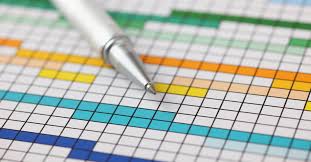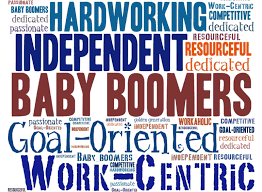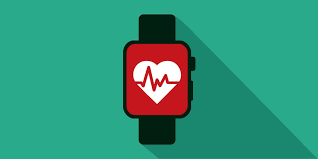Older adults can save tens of thousands of dollars annually by choosing assisted living communities over aging in place in their homes.
Unlike point solutions, Inspiren unifies resident safety, care planning, staffing, and emergency response into a single AI-powered platform.
An artificial intelligence-powered virtual assistant platform for senior living and care providers.

 Search for the word ‘pilot’ on this site
Search for the word ‘pilot’ on this site The baby boomer generation’s later years will be unprecedented. Each time the population aged 65+ is counted, it’s a bigger number. That onslaught, now at 52 million, bears repeating. The boomers, turning 65 at a rate of 10,000 a day, are pushing and prodding assumptions, deadlines, and pundit predictions. As they do so, they will force industries to change offerings – and drive considerable change in technology that underpins their lives. Consider signals from today's older adults that will only become more pronounced as the boomers move past today's upper age of 73. Today's emerging trends are showing that:
The baby boomer generation’s later years will be unprecedented. Each time the population aged 65+ is counted, it’s a bigger number. That onslaught, now at 52 million, bears repeating. The boomers, turning 65 at a rate of 10,000 a day, are pushing and prodding assumptions, deadlines, and pundit predictions. As they do so, they will force industries to change offerings – and drive considerable change in technology that underpins their lives. Consider signals from today's older adults that will only become more pronounced as the boomers move past today's upper age of 73. Today's emerging trends are showing that: How do wearables contribute to health and wellbeing of older adults? Did something happen
How do wearables contribute to health and wellbeing of older adults? Did something happen